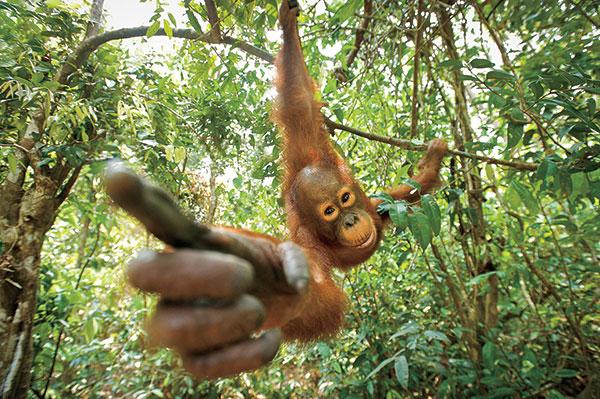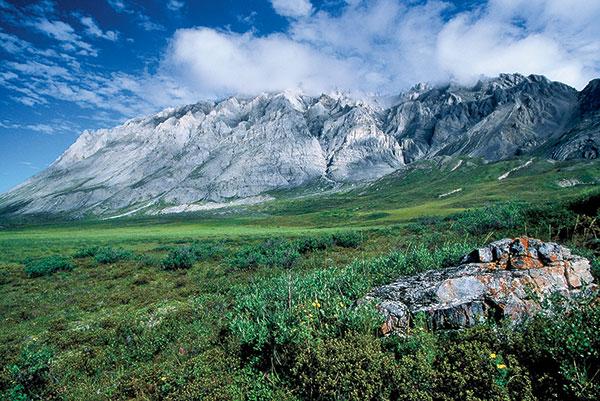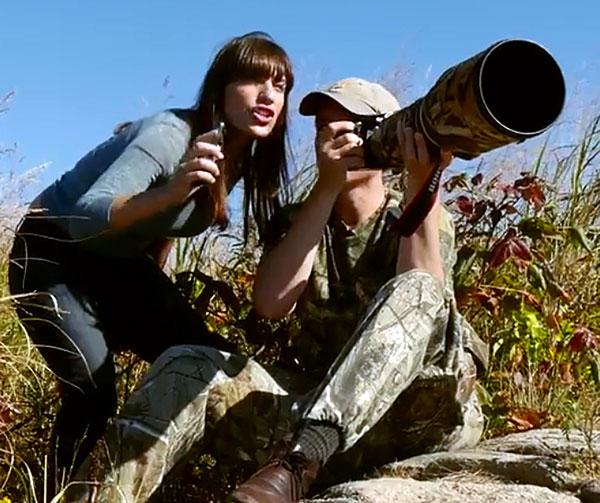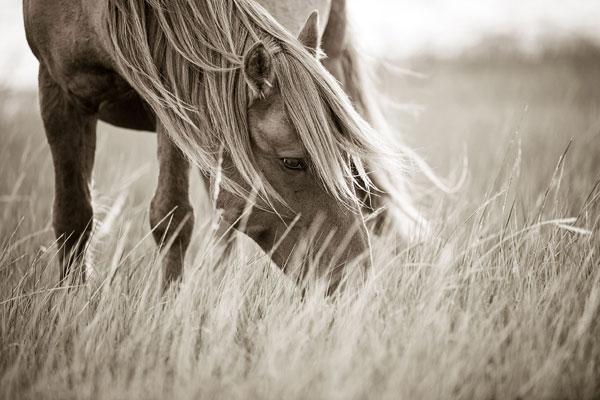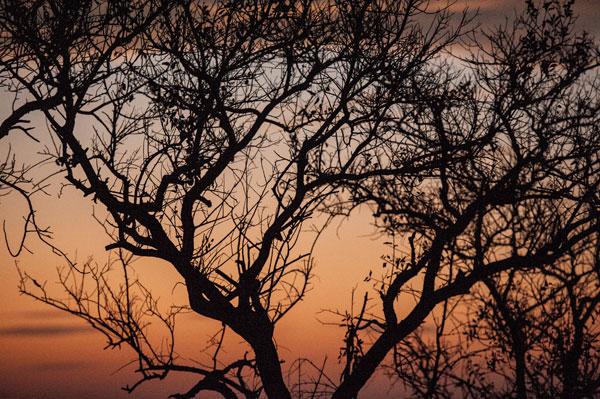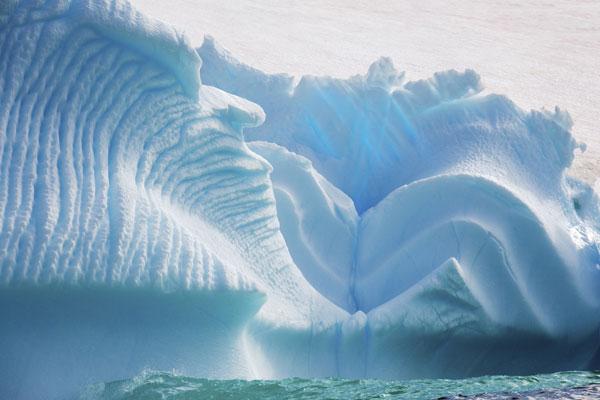|
Aug 14, 2015 |
|
Aug 07, 2015 |
|
Jul 27, 2015 |
|
Oct 09, 2014 |
|
Jun 24, 2014 |
First Published: May 01, 2014 |
|
Jun 12, 2014 |
First Published: Apr 01, 2014 |
|
Jan 17, 2014 |
First Published: Feb 01, 2014 |
|
Jan 28, 2014 |
First Published: Dec 01, 2013 |
|
Dec 31, 2013 |
First Published: Nov 01, 2013 |
|
Jan 03, 2014 |
First Published: Nov 01, 2013 |
|
Aug 16, 2013 |

